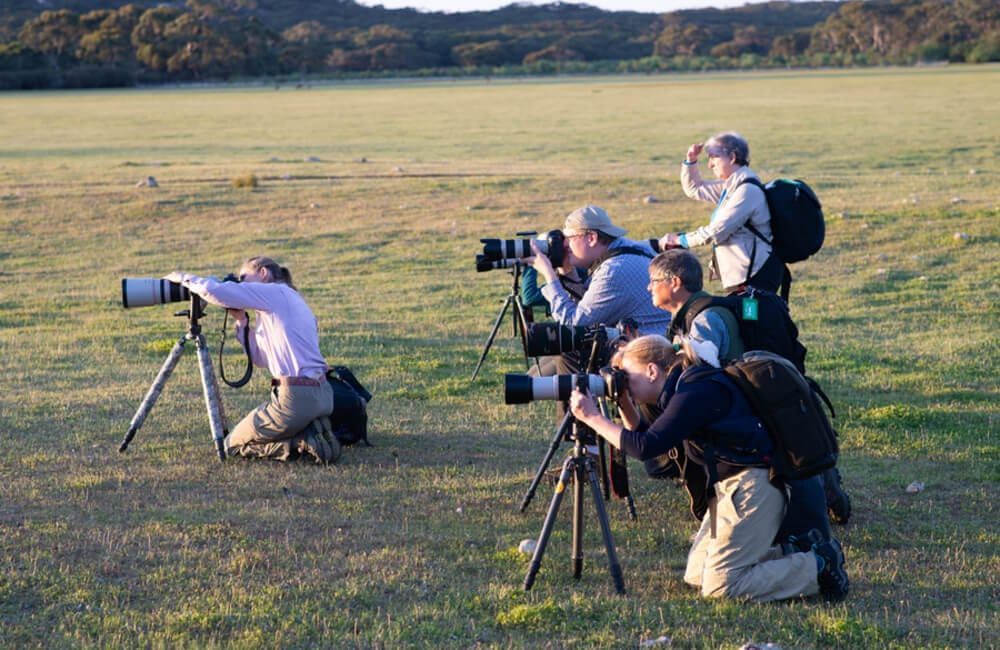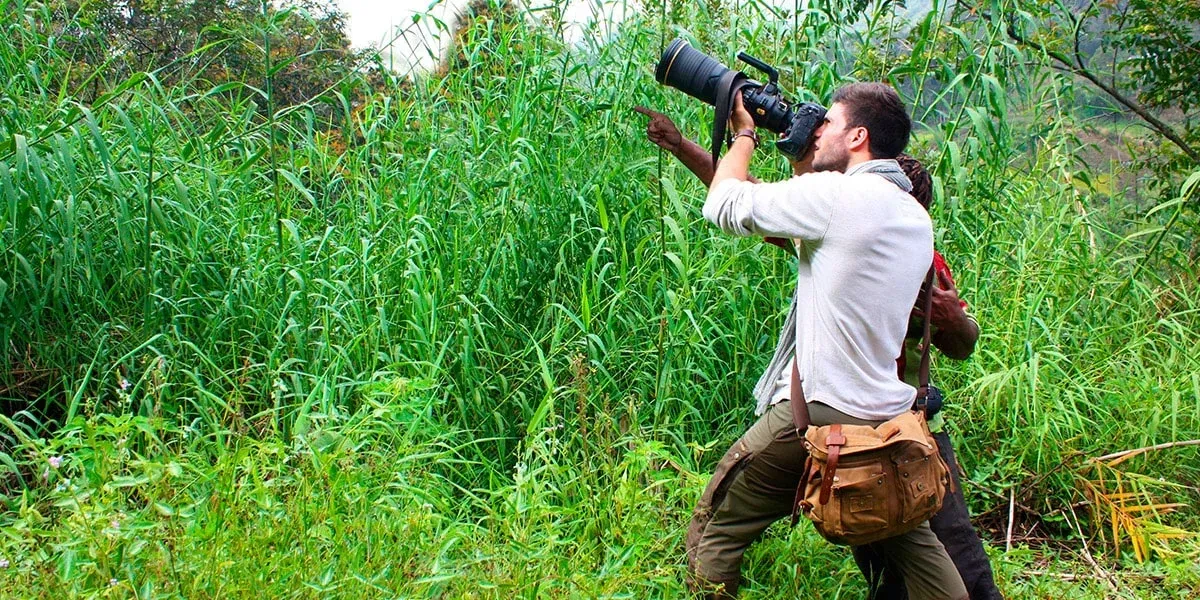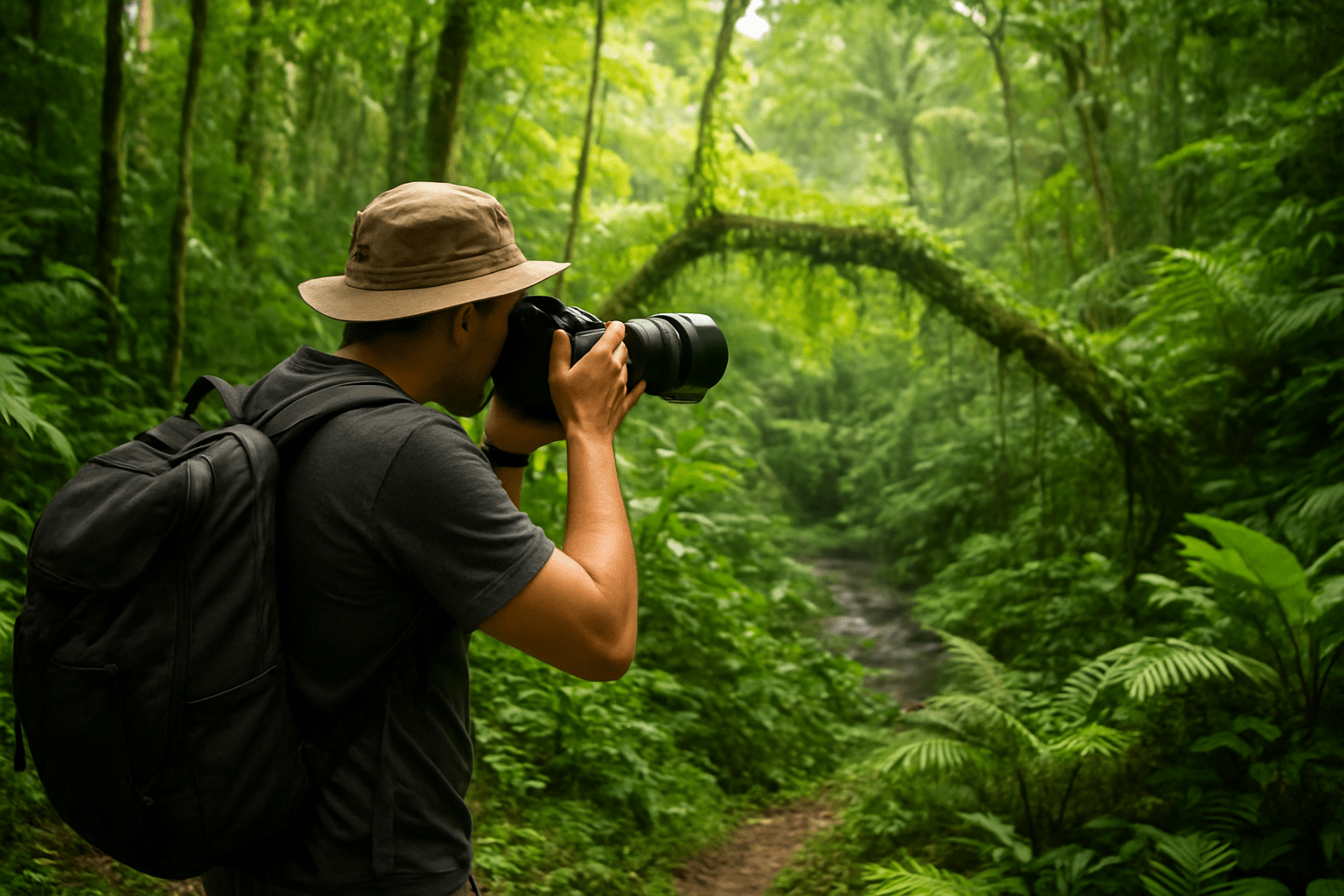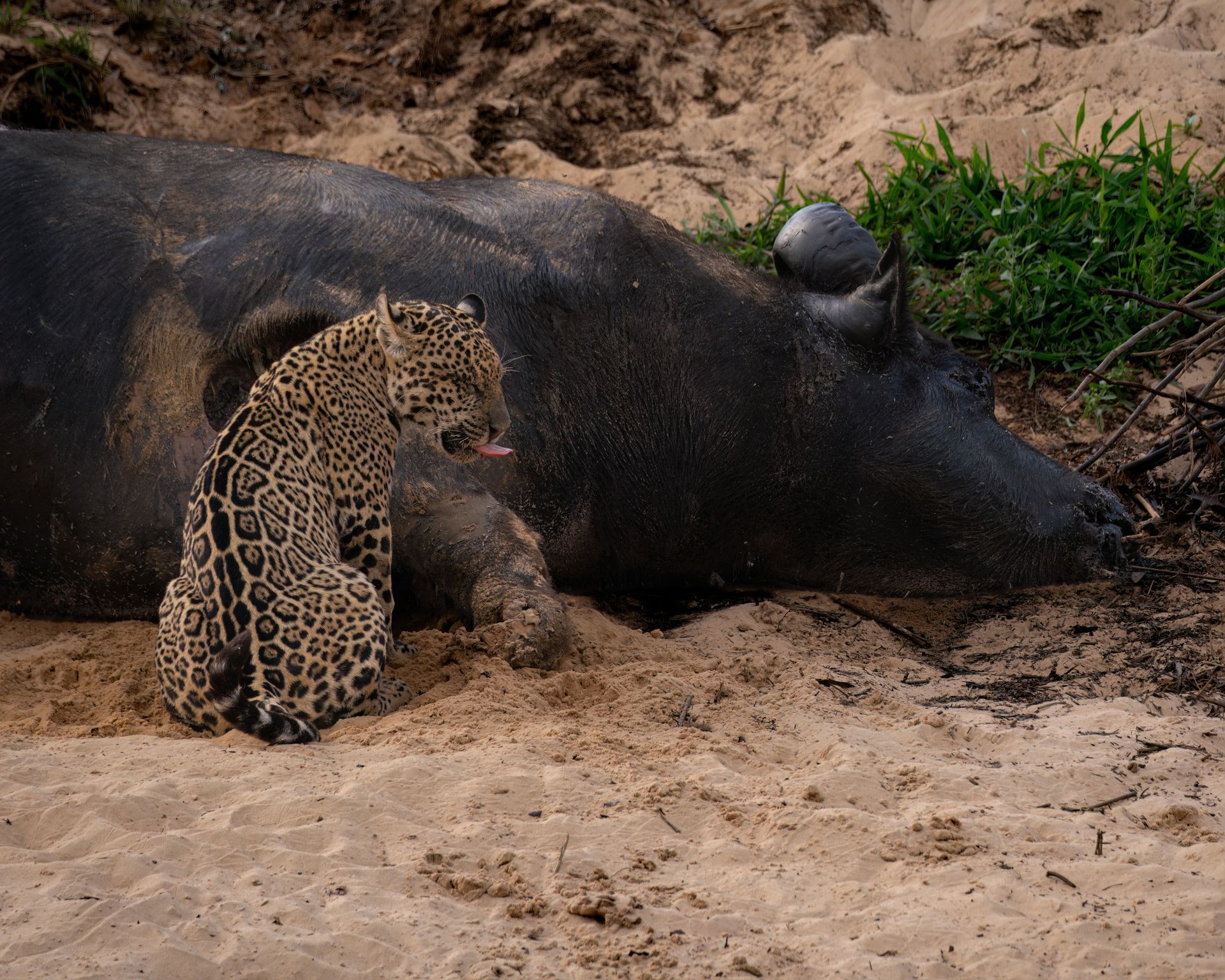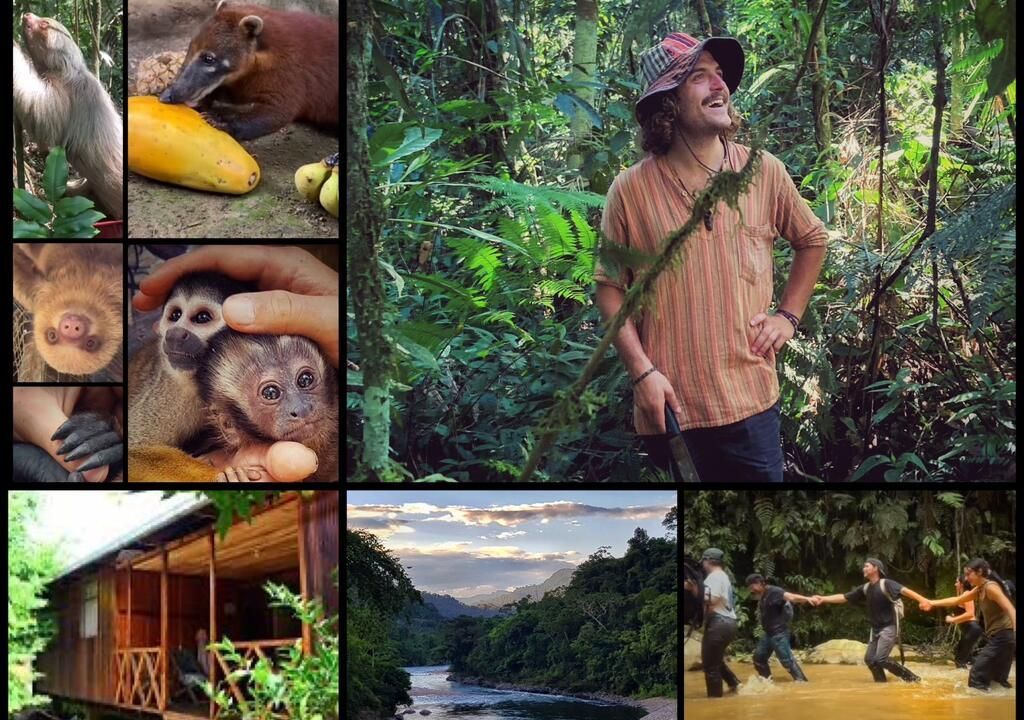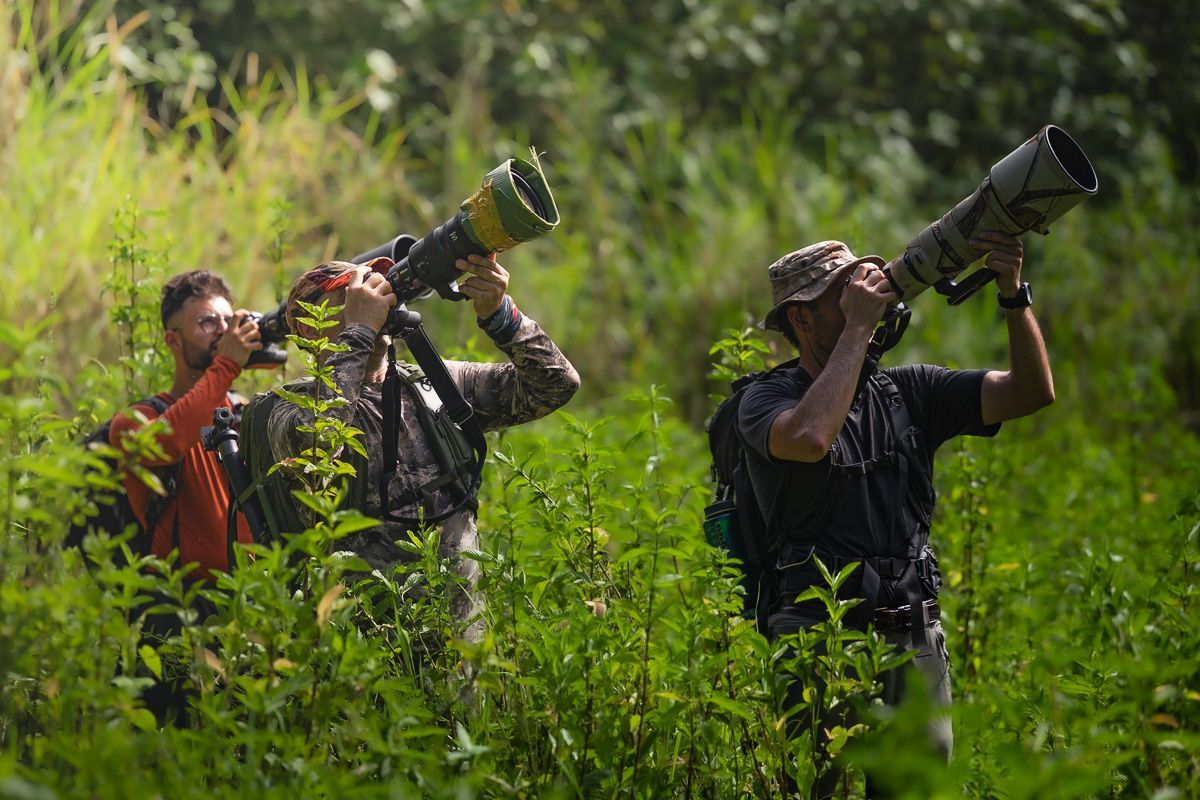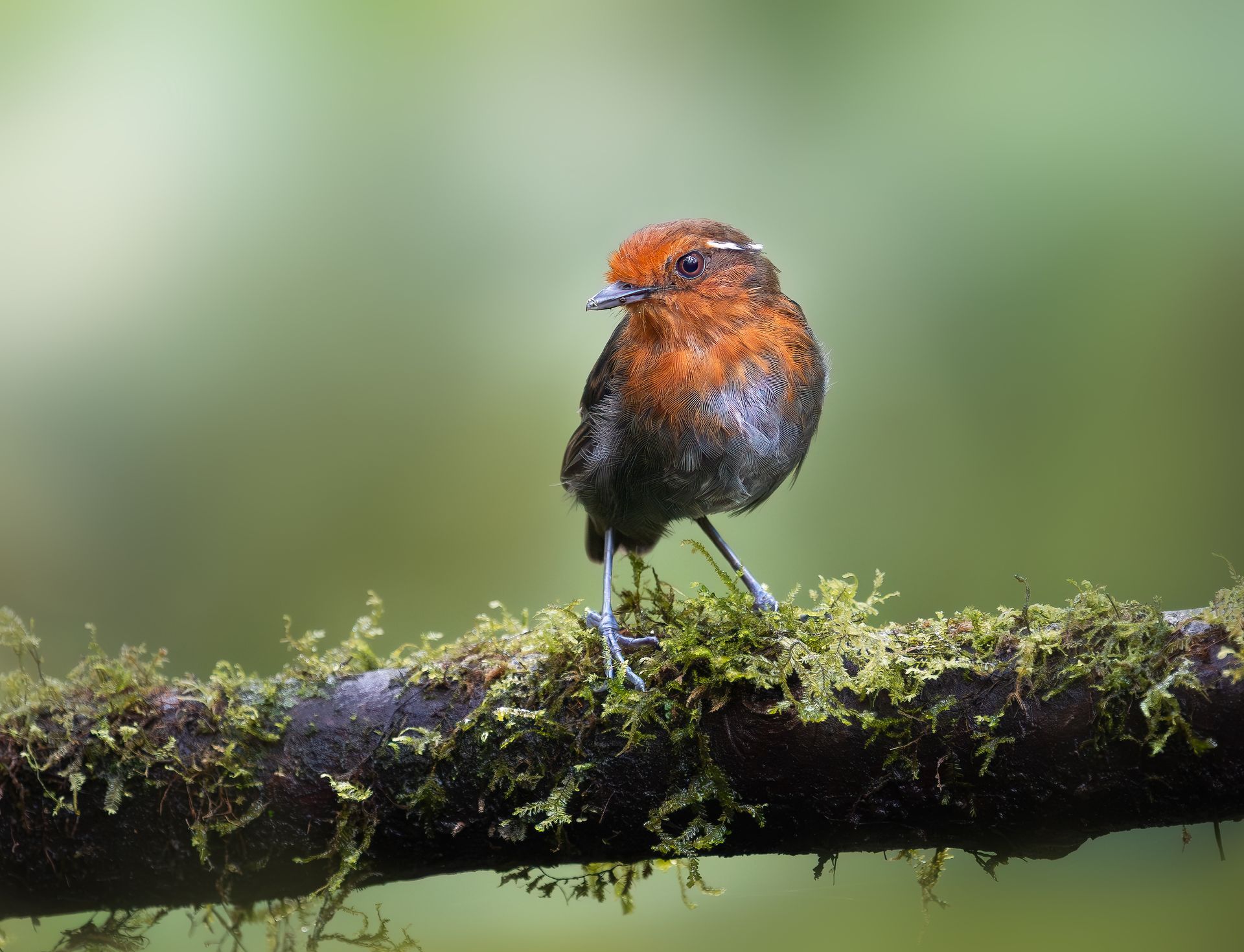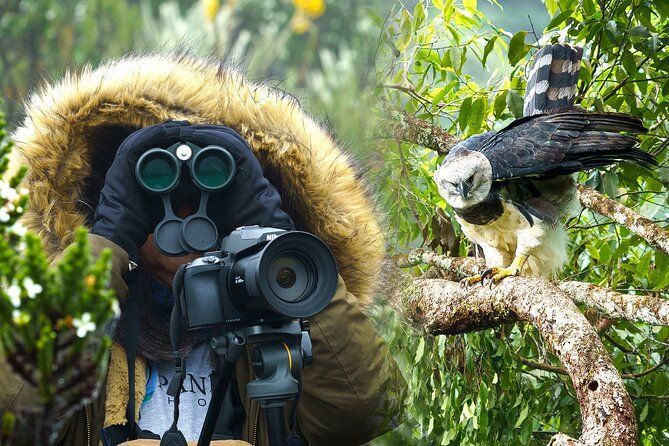Bird Photography Tips for Tropical Rainforest Conditions
Bird Photography Tips for Tropical Rainforest Conditions
The tropical rainforest presents the ultimate paradox for bird photographers. It is a place of breathtaking beauty and profound frustration, where unimaginable biodiversity exists just beyond your lens, obscured by layers of vegetation, drowned in shadow, and veiled by humidity. This is not merely a location to take pictures; it is a technical and creative crucible that will test every aspect of your skill and patience. To succeed here requires more than good gear—it demands a fundamental shift in how you see, think, and interact with the natural world. The rainforest does not yield its secrets easily. It challenges you to become a better photographer, a more patient observer, and a more respectful guest. This comprehensive guide provides the deep, practical strategies you need to conquer the rainforest's unique conditions and capture its elusive avian wonders, transforming immense challenges into your most dramatic and rewarding images.
Taming the Light: From Adversary to Ally
The rainforest canopy creates a world of extreme contrast and minimal light, making exposure your primary and most constant battle. Understanding and manipulating this difficult light is the first and most critical step toward success.
Your most critical decision each day will be choosing the right time to shoot. The golden hours—the period shortly after sunrise and before sunset—are not merely pleasant suggestions in the rainforest; they are essential pillars of strategy. This is when the low-angle sun can pierce the canopy, providing directional, warm light that reveals texture and color without the harsh, high-contrast shadows of midday. This brief, magical window is your most productive time for active photography. The soft light allows for more accurate exposure, richer colors, and the possibility of capturing birds in a flattering, almost ethereal glow. Planning your entire day around these two hours is non-negotiable; this is when the forest is most active and the light is most forgiving.
Conversely, you must learn to see heavily overcast days not as a limitation, but as a unique opportunity. A thick, uniform cloud layer acts as a giant natural softbox, eliminating harsh contrasts and revealing subtle details and colors in plumage that would be lost in the dappled, direct sun of a brighter day. These are perfect conditions for intimate portraits and capturing the intricate patterns and iridescence of feathers. Without the distraction of bright highlights and deep shadows, your camera can more accurately render the true colors of your subject. On days like these, your focus can shift from battling contrast to capturing fine detail and behavior.
To succeed in the rainforest's dynamic lighting, you must take full control of your exposure. Your camera's reflective light meter will be consistently fooled by small, bright patches of sky or sunlit leaves, resulting in severely underexposed subjects that become dark silhouettes against a bright background. To counter this, you must become proficient with manual mode or, at the very least, an assertive use of exposure compensation. The general rule is to deliberately overexpose compared to what your camera suggests, often in the range of +1/3 to +1 stop. However, this is not a set-and-forget setting. You must constantly monitor your histogram to ensure you are preserving detail in the shadows without blowing out the critical highlights on your subject. The goal is to expose correctly for the bird, letting the background fall where it may.
Finally, learn to deploy fill-flash with subtlety and purpose. In the rainforest, a flash is not for illuminating the entire scene, but for adding vital nuance. Its primary roles are to add a catchlight to the bird's eye, bringing it to life, and to gently lift the deep, featureless shadows on its underside. The key is subtlety. Use a very low power setting (e.g., -1.7 to -2 EV) and always with a diffuser to soften the light. The result should be a natural-looking fill that complements the ambient light, not a harsh, artificial burst that overpowers it. When done correctly, the viewer will not notice the flash was used; they will only see a well-exposed, vibrant bird.
Building Your Rainforest Kit: Gear That Survives and Thrives
The humid, demanding environment of the rainforest dictates a specialized toolkit built for low-light performance, stability, and relentless moisture protection. The wrong gear will fail you; the right gear will become an extension of your vision.
Your lens choice will define your creative possibilities. A fast-aperture prime lens, such as a 300mm f/2.8 or 400mm f/2.8, is your ultimate weapon in the dim understory. The wide aperture (f/2.8) is not just about background blur; it's about gathering light. It allows shutter speeds that are one or two stops faster than a variable-aperture zoom lens at its long end, making the difference between a sharp image and a blurry one. This speed, combined with sublime image quality, makes it the top choice for serious rainforest photography. Complement this with a versatile zoom like a 100-400mm for its flexibility in reacting to fast-moving subjects and composing shots in complex environments. A 1.4x teleconverter is a lightweight and invaluable tool for gaining extra reach when the light is sufficient, effectively turning a 400mm f/2.8 into a 560mm f/4.
Stability is non-negotiable in the low-light conditions of the forest floor. A sturdy carbon fiber tripod paired with a fluid gimbal head is the unshakeable foundation for every sharp image you will take. The tripod allows you to shoot at shutter speeds that would be impossible handheld, while the gimbal head allows you to balance your heavy lens perfectly, tracking birds smoothly and holding your composition effortlessly for long periods. This setup is not a burden; it is your greatest ally in the fight against motion blur. It also conserves your energy, allowing you to remain focused and ready for hours.
Protecting your investment from the elements is a primary concern that cannot be overstated. A dedicated lens rain cover is mandatory equipment, not an optional accessory. Sudden, torrential downpours are a daily reality, and a rain cover will allow you to continue shooting or protect your gear during a hurried pack-up. Internally, the threat is humidity. Include several large silica gel packs in your camera bag, rotating them out for drying regularly. This is your first line of defense against lens fungus, which can permanently etch glass elements. Where budget allows, invest in weather-sealed camera bodies and lenses. This sealing provides a critical barrier against moisture and dust, offering priceless peace of mind when you are hours from the nearest camera repair shop.
Field Craft and Technique: Finding Order in the Chaos
The visual complexity of the rainforest requires disciplined technique and a patient, observant approach to find clean compositions amidst the apparent chaos. Your technical skill with the camera must be matched by your skill in reading the environment.
Mastering your autofocus system is critical for this challenging environment. In the cluttered, low-light conditions, your camera can easily be tricked into focusing on a foreground branch instead of the bird behind it. To overcome this, use a flexible, small cluster of focus points (such as Canon's Spot AF, Nikon's Group Area AF, or Sony's Zone AF). These modes are intelligent enough to track subject movement but confined enough to avoid most distractions. Furthermore, adopt the technique of back-button focus. This separates the focusing function from the shutter release, assigning it to a button on the back of your camera. This gives you superior control, allowing you to acquire focus and then recompose without the camera hunting for focus again, which is invaluable when shooting through foliage.
Perhaps the most underrated skill in rainforest photography is the active seeking of clean backgrounds. The background can single-handedly make or break an image. Before you even raise your camera, spend crucial seconds scanning the area behind your subject. A slight shift in your position—a step to the left, crouching down lower—can change a cluttered, distracting background of intersecting branches into a clean, dark, shaded area of foliage or a soft, out-of-focus patch of greenery. This technique of using camera position to isolate the subject is what transforms a busy snapshot into a compelling, professional-looking photograph. Look for natural "windows" in the vegetation that can frame your subject against a distant, blurry background.
Above all, you must cultivate patience as your most powerful lens. The instinct to chase after a bird you've glimpsed often leads to frustration, startled subjects, and poor photographs. Instead, practice the art of strategic stillness. Find a promising location—a known fruiting tree, a regular perch over water, a sunlit gap in the forest, or an active ant swarm—and let the wildlife come to you. Settle in, minimize your movement and noise, and become part of the forest. Use this waiting time not as downtime, but as active observation time. Watch how birds interact, learn their flight paths, and anticipate their behavior. A photograph of a bird preening, calling to a mate, or delivering food to a nest tells a far richer story than a simple static portrait. These behavioral shots are almost exclusively the reward of the patient photographer.
The Photographer's Mindset: Becoming Part of the Forest
Your behavior, preparation, and ethical compass in the field are as important as your technical skill. The right mindset will not only get you better images but will ensure you have a minimal impact on the fragile ecosystem you have come to document.
Your journey begins with how you dress. Your clothing is your first layer of camouflage. Wear muted, neutral-colored clothing in khaki, olive green, brown, or dark grey to blend into the environment. Avoid white, bright blue, or any loud patterns that will alert wildlife to your presence from a distance. Functionally, choose technical fabrics that are quick-drying and moisture-wicking. The humidity is intense, and sudden rain showers are guaranteed. Being comfortable and dry is not a luxury; it is essential for maintaining focus and morale during long days in the field.
How you move through the forest is just as important. You must learn to move with intention and silence. Sudden, jerky movements and loud noises—the rustling of a cheap rain jacket, the snap of a twig underfoot—will alert wildlife long before you get close. Learn to move slowly and deliberately, placing your feet carefully, pausing frequently to look and listen. The more you can become a quiet, non-threatening part of the forest, the more natural behavior you will witness and the closer your subjects will allow you to approach. Talk in low whispers if you are with a guide, and turn off the beeps and chimes on your camera.
Finally, you must shift your goal from simply "getting a shot" to understanding and respecting the moment. The greatest rainforest photographs often come from a place of deep knowledge and anticipation, not from frantic shooting. Learn to read bird behavior—a certain call might indicate a predator, a change in posture might signal an imminent flight. Understand that you are a visitor in their home. This leads to the most important rule: the welfare of the subject always, always comes first. If your presence is causing a bird to show signs of stress—ceasing to feed, constantly looking at you, making alarm calls—you are too close. Back away. No photograph is worth compromising the well-being of an animal. Use your lens to get closer, not your feet. By adopting this ethical, patient approach, you will not only become a better photographer but also a true ambassador for the incredible creatures you are so passionate to capture. The ultimate success of your trip will be measured not just by the images you bring home, but by the gentle footprint you leave behind.



